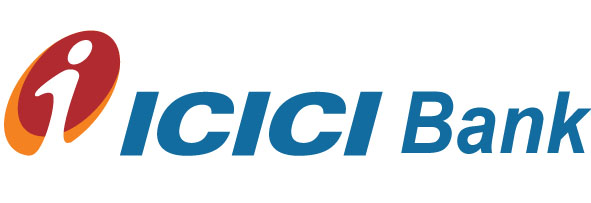A Self-employed has two choices while taking a loan for his business. Either to choose long haul financing like LAP (Loan against property) or to go for adaptable subsidizing like Cash Credit (CC) or Overdraft (OD). Long haul subsidizing, for the most part, conveys a lower rate of interest while adaptable financing offers a chance to spare enthusiasm by saving additional assets in the record and in this manner paying intrigue just for sum required.
Overdraft and Cash Credit account both are the kind of loan records in which the record holder can pull back the sum he requires. These, for the most part, are considered as comparative sort of loan by many, yet there are a few differences between them.
Various such differences are mentioned beneath.
| Factors | Cash Credit Facility | Overdraft Facility |
| Account requirement | One needs to normally open a different Cash Credit Account with a bank to benefit cash credit feature. | An overdraft can be benefited on the current account. It resembles a feature of “overabundance withdrawal” given in current account and now and again even in a personal account. |
| Security Requirement | Organization stock and receivables are typically taken as security for cash credit facility. | Overdraft feature does not as a matter, of course, requires current resources as security. An overdraft office might be stretched out by taking shares, different speculations like FDs, protection strategies as security. On occasion even in view of the belief of the individual, overdraft breaking point might be endorsed. |
| Limits Sanctioning Rationale | Breaking point is typically a rate of the stocks or receivables. | Farthest point is normally apportioned thinking about the advantages collateralized furthermore on the premise of budgetary explanations of the organization. |
| End-Use | This is for the most part given particularly with the end goal of the business operation (as working capital). | Overdraft Facility can be utilized for any reason and not as a matter of course for business. |
| Length of Credit Period | Cash Credit is typically for a brief period. That implies, the farthest point is taken into account a time of 1 year and is restored each year. Now and again, recharges or audit might be stipulated half yearly too. | Overdraft facility is taken into account a brief term on occasion (Say a month or notwithstanding for a week at times), however, can be considered a time of up to 1 year. |
| Limits Availability | The cash credit withdrawal limit continues changing with the adjustment in the measure of current resources kept as security. Withdrawal limit from the CC office is called drawing power. | The sum or the overdraft limit reaches that the client gets stays consistent since cutoff points endorsed is not taking into account current resources. In any case, if OD is against shares or protection strategy surrender esteem, the point of confinement changes taking into account the fundamental security esteem at intermittent interims. |
| The rate of Interest | The rate of premium charged under cash credit facility is lesser than what is normally charged under the overdraft facility. | The rate of premium charged under overdraft office is higher than what is normally charged under the cash credit facility. |
Points to be considered while taking a CC or OD account facility
1. The rate of Interest – Rate of the premium is higher than altered credits like Loan against property (LAP) along these lines on the off chance that you by and large don’t have additional cash to stop in cc or od account then you ought to settle on LAP.
2. Preparing expenses – Processing charges charged by the bank is regularly .5% to .75% and could deal with it.
3. Least utilization condition – Some bank demands charges if the cc or od record is not used up to a specific point of confinement. For instance, you make an OD note of Rs. 10 lakhs and normal use amid the year is not 30% i.e Rs. 3 lakh then charges are collected.
4. Account shutting charges – Some banks additionally exacts a rate of an advance sum as charges called dispossession charges on the off chance that you need to close the record. This by and large ranges from 1% to 2%. In the event that your bank demands 2% dispossession charges then it is not gainful for you to move to other banks regardless of the fact that another bank gives you a superior loan cost.


![]()
![]()
![]()

